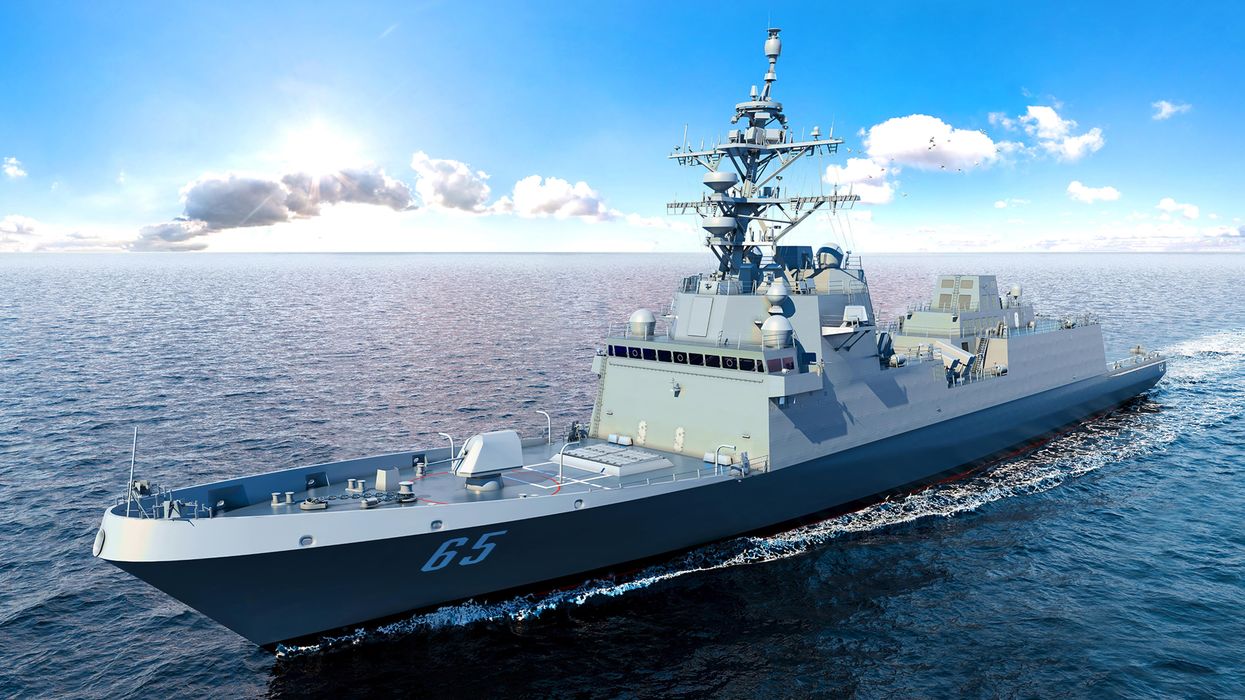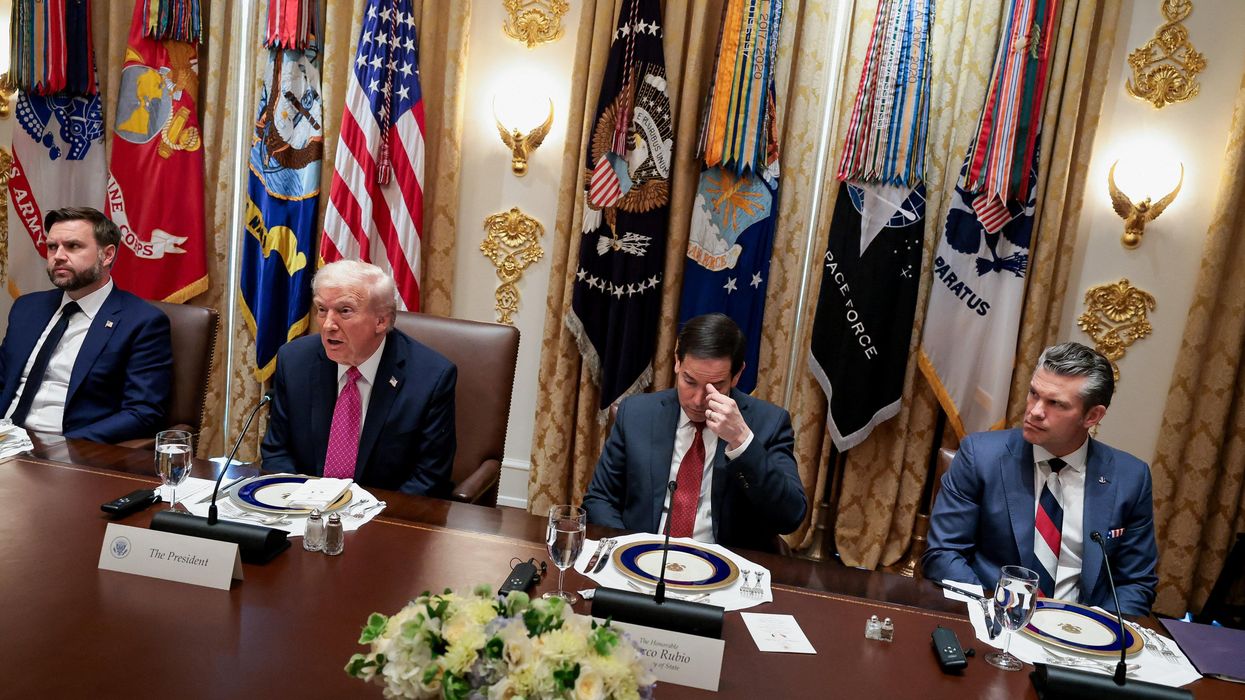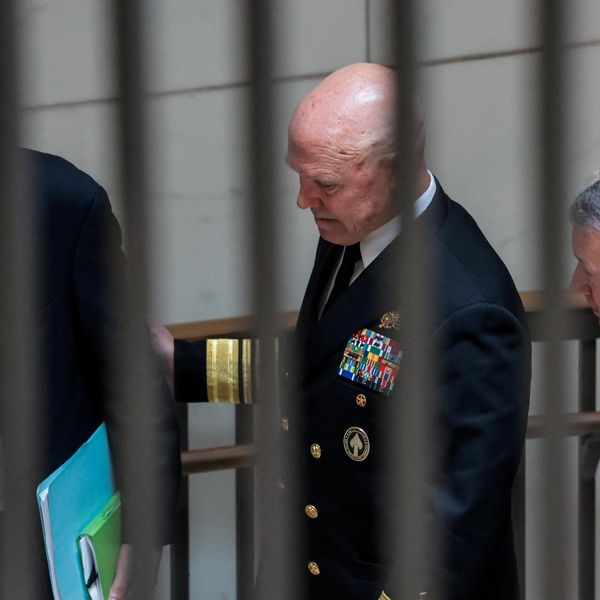With the imposition of new U.S. sanctions on Russian oil producers and Treasury Secretary Scott Bessent’s dismissal of visiting Russian envoy Kirill Dmitriev as a “propagandist,” the Trump administration’s efforts to end the war in Ukraine seem to be hanging by a thread.
Their success or failure will depend on a simple premise: one must understand a problem in order to resolve it. Unfortunately, the West has been misdiagnosing the problem it faces in Ukraine for more than a decade, with increasingly tragic consequences. And the time in which President Trump can correct this diagnosis — and corresponding policy prescription — is quickly running out.
Since at least 2014, the year of Ukraine’s Maidan Revolution and Russia’s subsequent decision to annex Crimea and back separatist fighters in the Donbass region, the West’s foreign policy stalwarts have regarded Russia’s military actions against Ukraine as something that President Putin views as an elective, an “unprovoked” ambition to acquire land and rebuild empire that is little more than a product of Russia’s authoritarian impulses.
As a result of this diagnosis, they have focused their efforts on raising the costs to Putin of conducting the war, cranking up pressure on Russia’s economy, ensuring that its military suffers high personnel and equipment losses, and attempting to turn Russians into international pariahs. If Putin sees that his grab for power and prestige has only produced weakness and humiliation, they reason, he will withdraw his invasion force or otherwise bow to Ukrainian terms for a settlement.
This diagnosis has also shaped Western terms for any post-settlement order. It underpins the insistence that Ukraine must be backed by a NATO Article V-style guarantee and/or a European “reassurance force” stationed on Ukrainian territory. Otherwise, it is thought, Russia will be tempted to re-group and re-invade Ukraine to finish its imperialist conquest after any agreement.
The more this approach has failed to bear fruit, the more its proponents have insisted on applying even greater economic, battlefield, and diplomatic pressure on Moscow. Hence the calls for stiffening sanctions against Russia and removing restrictions on the range and lethality of Western weapons supplied to Ukraine. Hence the recent proposal to provide Ukraine with yet another in a long series of alleged “gamechanger” weapons — this time, Tomahawk cruise missiles — that, it is hoped, will finally bring Putin to his senses.
This prescription has not failed due to insufficient dosage, however. It has failed because the stewards of Western foreign policy have fundamentally misunderstood the problem they are attempting to resolve.
The Russian invasion of Ukraine is less a deterrence problem — a modern replay of the aggressive expansionism typified by Nazi Germany — than it is an escalatory spiral problem — the kind of “security dilemma” in which parties pursue what they regard as prudent protective measures that are in turn perceived as threatening by others. This produces a cycle of action and reaction in which each party is convinced it is acting defensively, a descent into conflict much like what happened in the prelude to World War I.
In other words, Putin’s primary reason for invading Ukraine was not because he covets territory and hopes to rebuild Moscow’s lost empire. If that were his motivation, he could have annexed the Donbass region along with Crimea in 2014, when Ukraine was far less militarily capable. But he refused to do so for eight more years, despite stiff criticism from Russian nationalists and Donbass separatists, because he believed keeping Donetsk and Lugansk inside Ukraine would ensure there was reliable domestic opposition to joining NATO.
Rather, Putin’s primary motivation for invading was his belief that the United States and NATO were steadily deepening their security involvement inside an increasingly anti-Russian Ukraine — actions that the West thought would deter rather than provoke Russian aggression — and turning the country into what Russia regarded as an “unsinkable aircraft carrier,” a base for Western military and intelligence operations action against Moscow.
Prior to the invasion, Russian officials delivered draft treaties to the United States and NATO insisting that further alliance expansion stop and that the West move its military forces away from Russian borders. U.S. and European officials refused, continuing to insist that Ukraine would one day join NATO and that Russia could have no veto over that decision.
Asked about addressing Russia’s objections to NATO expansion in Ukraine, President Biden told reporters that he would not recognize “anyone’s Red Line.” Within a matter of weeks, Putin ordered the invasion.
How we diagnose the core problem underlying the war in Ukraine matters enormously. Searching for compromise is indeed counterproductive when dealing with an expansive bully state, as such “appeasement” signals weakness and timidity that only encourage would-be aggressors. But doubling down on deterrence actually makes a security dilemma problem worse, not better. It only reinforces the conviction of each side that it is facing an irreconcilably hostile aggressor that can only be stopped by force, encouraging new steps up the ladder of escalation.
If the only way out of the escalatory cycle in Ukraine is through a negotiated compromise, what might that process look like?
It would not start by trying to divide up disputed territory, as that issue has not been a primary cause of the war. Rather, it would begin by addressing each side’s core security concerns in a way that none of them views as excessively threatening. The West would pledge not to bring Ukraine into NATO, put Western combat troops in Ukraine after a settlement, or provide Kyiv with long-range strike weapons.
In turn, Russia would accept Ukraine’s accession to the European Union, acknowledge Ukraine’s right to an effective self-defense capability, and agree that Kyiv will get weapons, training, and military maintenance aid from the West.
Although the details of such a security deal would require negotiation and refinement, such a compromise is probably within reach soon, should the Trump team pursue one. Putin has publicly indicated that Russia will not object to Ukraine’s membership in the EU, and in remarks at the Alaska summit, he said that “the security of Ukraine should be ensured as well [as Russia’s]” and “we are prepared to work on that.” For their part, Ukrainian officials seem increasingly to understand that NATO membership is unrealistic — especially given that the United States has demonstrated and stated repeatedly that it will not go to war for Ukraine — and that guaranteed “snapback” sanctions and Western military aid are the best they can hope for.
Codifying this kind of bargain in the form of a framework agreement would not by itself end the war. But it would be a significant achievement that put the war firmly on a path toward a comprehensive settlement. It would make resolving the sides’ differences over territory and agreeing on the related issues of a ceasefire and peacekeeping operations that much easier. And — perhaps most important of all given the paucity of trust attending this war — it would demonstrate that all parties are genuinely interested in mutually acceptable compromise rather than forcing their opponents into capitulation.
Unsurprisingly, the mavens in government and media that have dominated US foreign policy for the past several decades continue to oppose any compromise with Russia. But their views are a big part of the reason this conflict began.
All statements of fact, opinion, or analysis expressed are those of the author and do not reflect the official positions or views of the U.S. Government. Nothing in the contents should be construed as asserting or implying U.S. Government authentication of information or endorsement of the author's views.
















